23
5
For many games played on a grid, hexagons are the Clearly Superior Choice™. Unfortunately, many free game art sites only have seamless tile sets for square maps. On a past project, I used some of these, and manually converted them to hexagons.
However, I've gotten lazy in my old age. It should be easy to automate the process with a small script.
However, I've gotten lazy in my old age. So I'm outsourcing it to you, and disguising it as a code golf challenge1.
Input
Input is a square image in any common image format capable of 24-bit RGB color. You may also take a filename as input instead of the image data itself.
You may assume the image is square, and that the side length is a multiple of four.
Output
Output is the input tile, but converted to a hexagon (the image itself will be square, with transparent areas). You may save it to a file or display to the screen.
Again, any common image format will do. If the format you're using supports transparency, background areas must be transparent. If it doesn't, you may use color #FF00FF (that horrible fuchsia one) as a stand-in.
Method
So how do we do it? The method I use2 squashes the image a bit vertically, but overall it looks pretty good for most things. We'll do an example with this input image:
- Scale: Scale the image to a 3:2 ratio. Since our images will be squares, this means you simply scale them to 75% width and 50% height. Our example input is 200x200, so we end up with this 150x100 image:
- Tile: Place down copies of your scaled image in a 2x2 grid:
- Crop: Grab an appropriately sized hexagon from anywhere in this 2x2 grid. Now, for ease of tiling, this hexagon isn't exactly regular. After cropping a square of the original size (here 200x200), you then crop out the corners. The crop lines should run from (roughly) the center of each left/right side to one quarter from the edge on the top/bottom:
And that's your output!
Here's an example of what it might look like when tiled (zoomed out here):
This is code golf, so shortest code in bytes wins. Standard loopholes apply, etc and so on.
1 Feel free to believe this or not.
2 Method one from this helpful site.
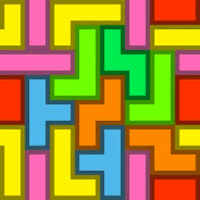
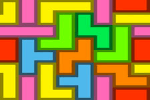
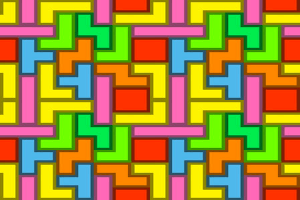
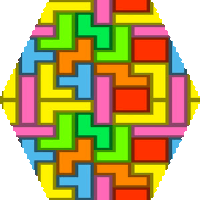

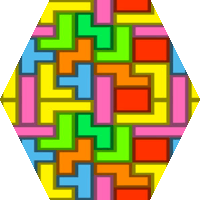
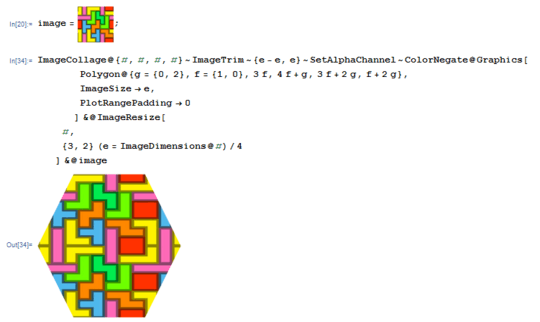
13This question is begging for a Hexagony answer. – Sanchises – 2015-10-16T15:12:54.083
22@sanchises Good luck. – Martin Ender – 2015-10-16T15:13:50.217
17That is where the second part of HexAgony becomes important. – flawr – 2015-10-16T15:20:45.823
-1 for saying fuchsia is horrible :P – mbomb007 – 2015-10-16T16:18:23.533
@mbomb007 Not all fuchsia is horrible. That particular shade, used for so many old sprite sheets, makes my eyes tingle. I totally get why it's used, but... – Geobits – 2015-10-16T16:20:25.903
@Geobits Any color would probably make your eyes tingle when used in place of transparency for alpha, other than black or white. I'd hate yellow and red more than fuchsia. – mbomb007 – 2015-10-16T16:22:19.700
2@mbomb007 Probably, though the #00FF00 green that's sometimes used instead isn't nearly so bad. Still, I feel like they use fuchsia more often because nobody in their right mind would want that exact color in their sprites, so it's pretty universal :P – Geobits – 2015-10-16T16:26:10.960
@MartinBüttner Sorry, my laptop ran out of page file ink so I can't write new programs. – Sanchises – 2015-10-16T16:40:23.847
3#3 - I wait on this patiently to see the cool algorithms generated... then gently and lovingly "borrow" them for my uses ;-) – scunliffe – 2015-10-16T23:32:17.367
Are there any requirements on how to scale the image down? Is nearest-neighbor OK? – John Dvorak – 2015-10-18T05:54:18.727
@JanDvorak Yes, that's fine. Any common scaling technique is adequate. – Geobits – 2015-10-18T06:05:06.207